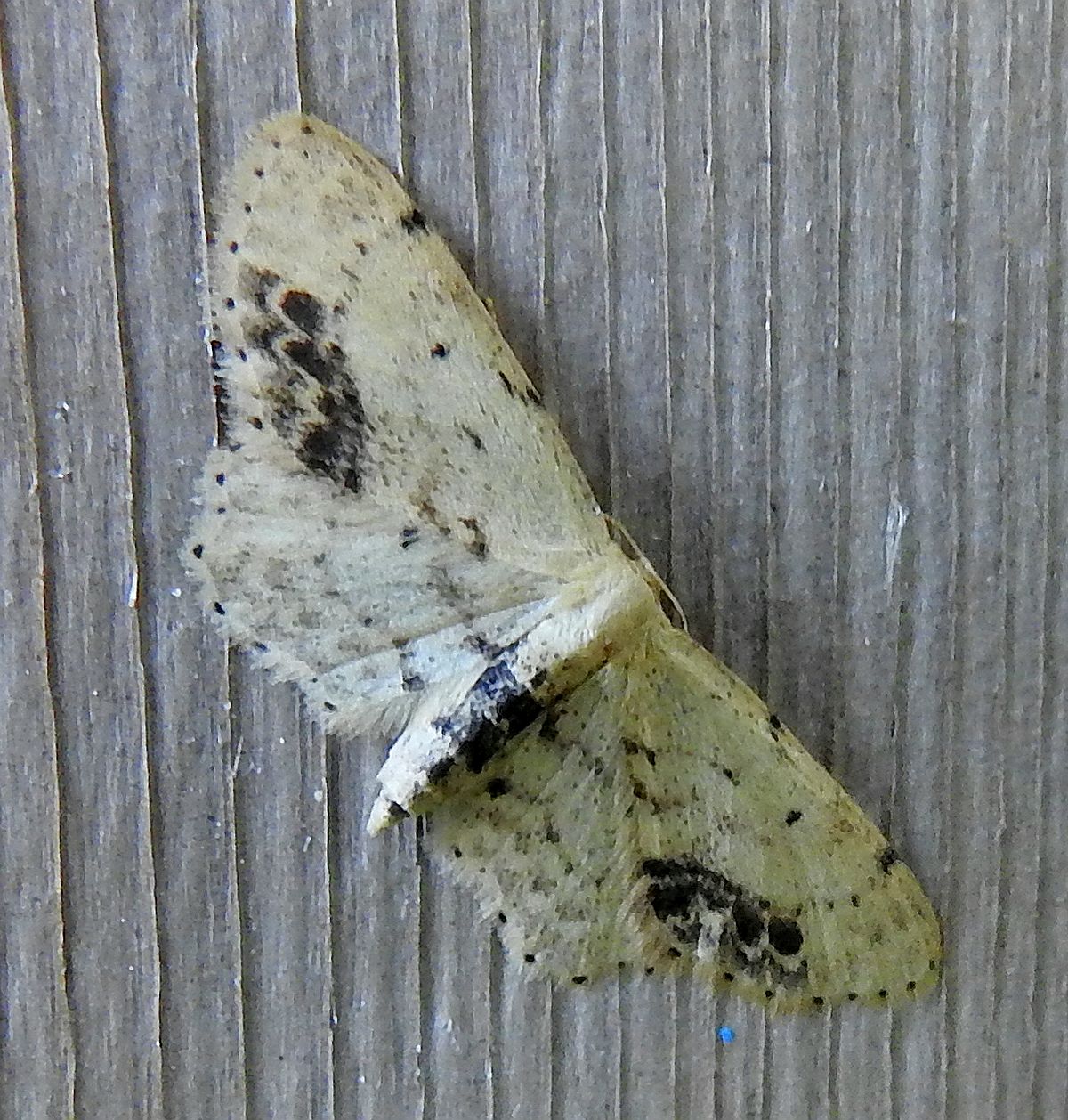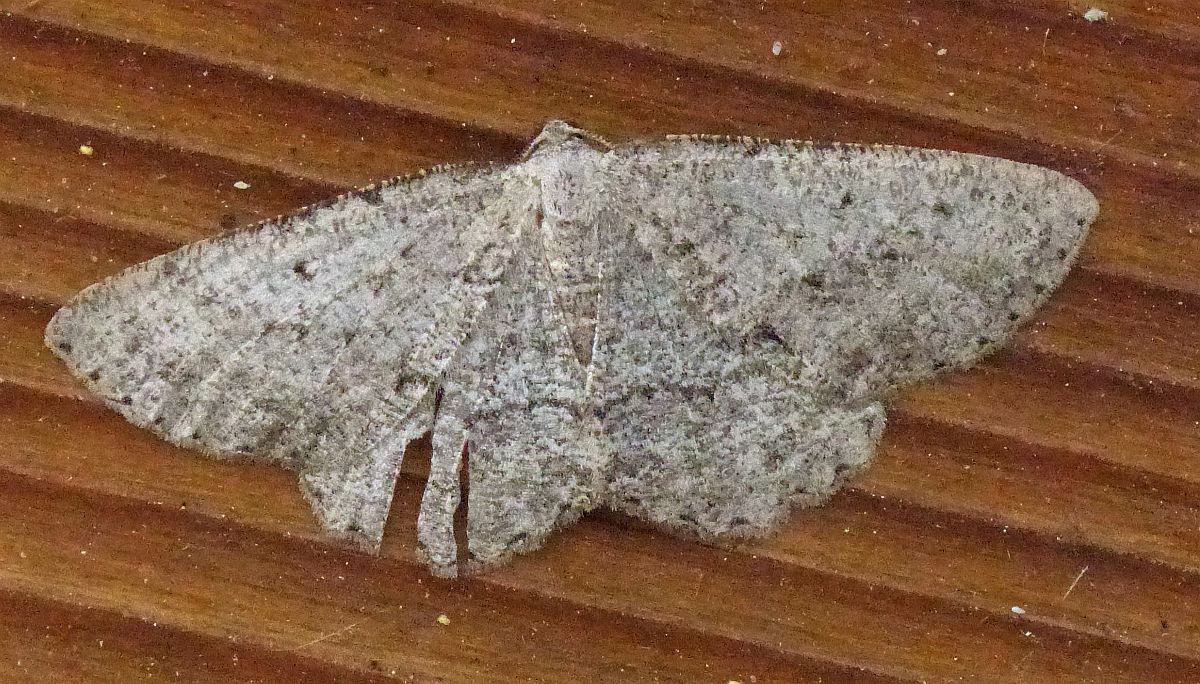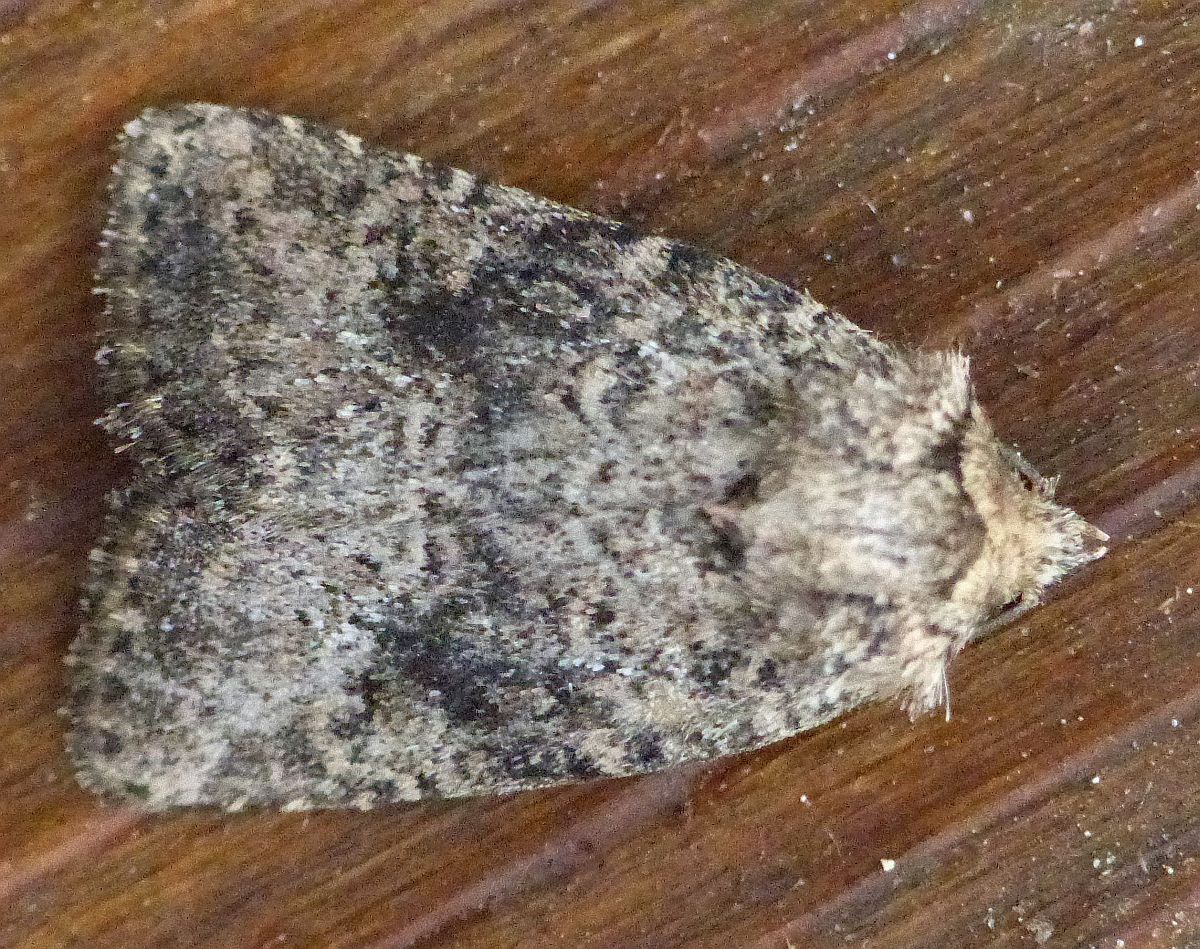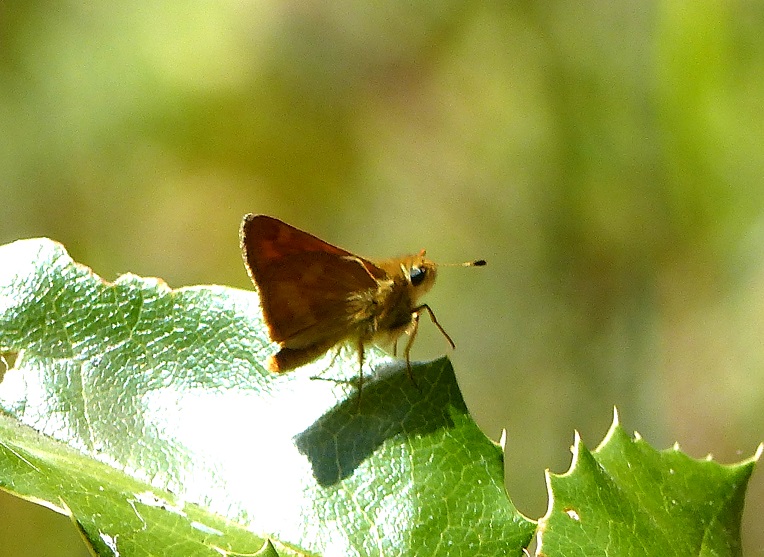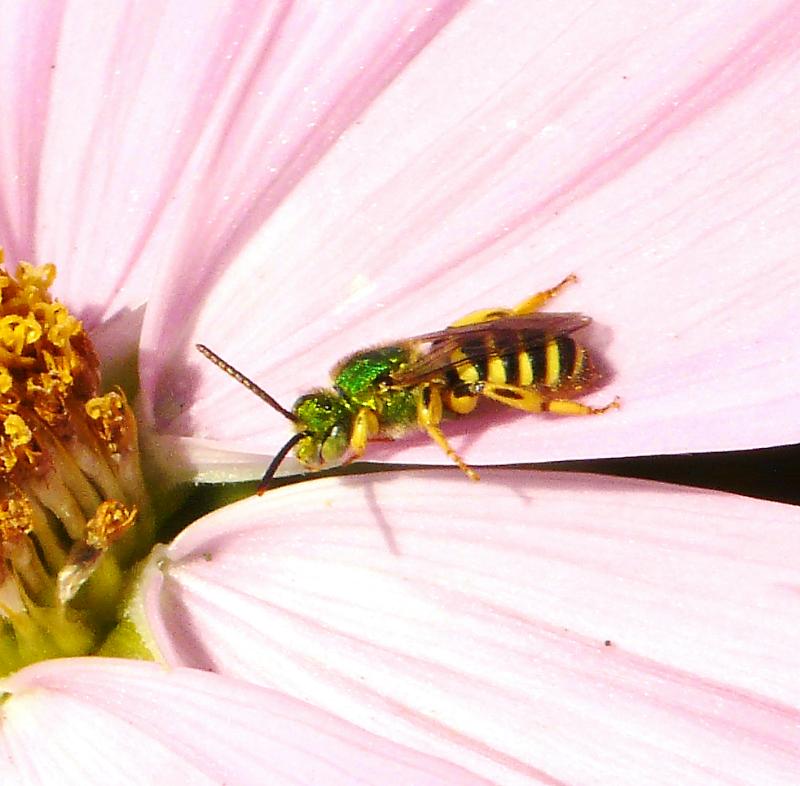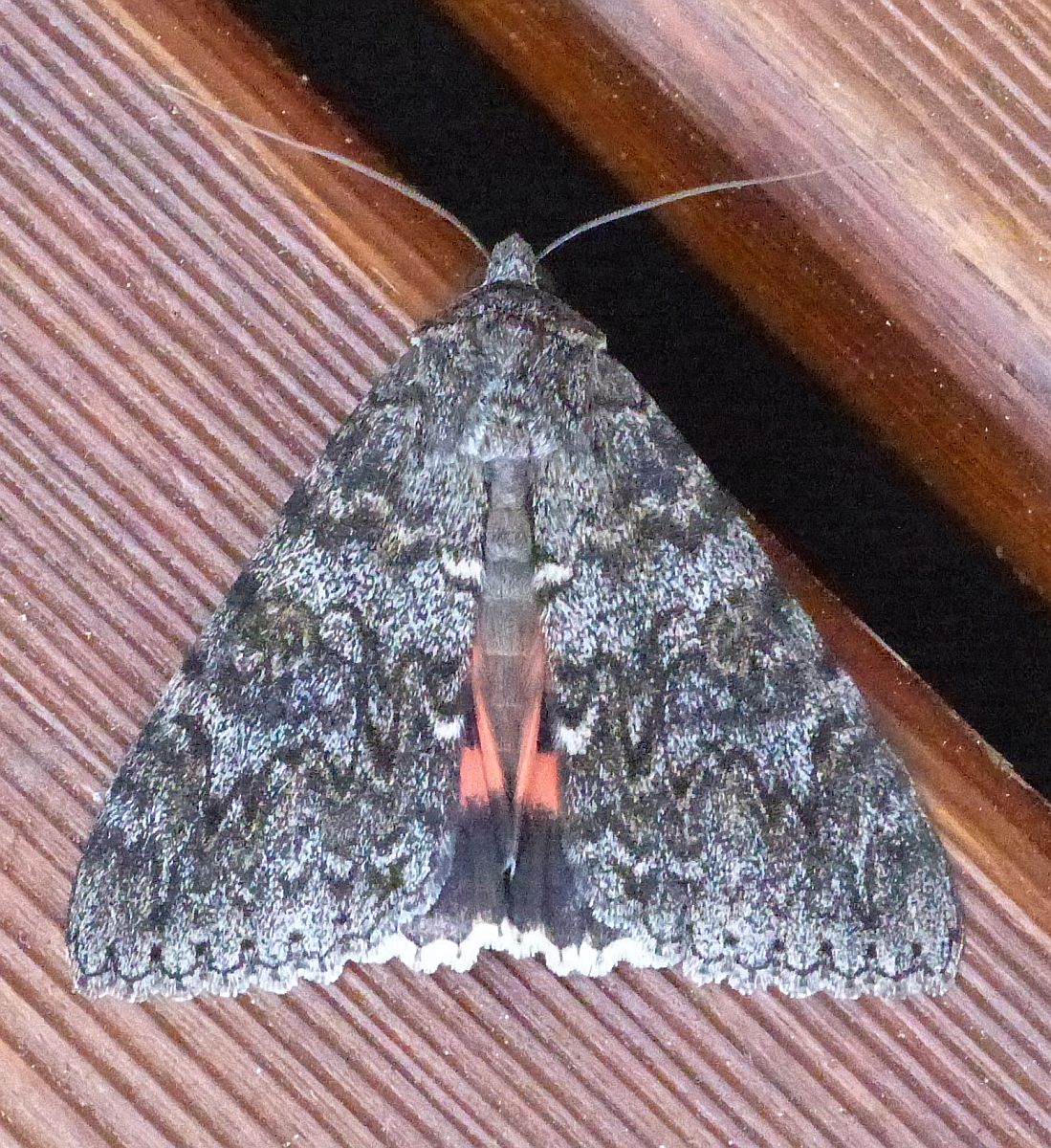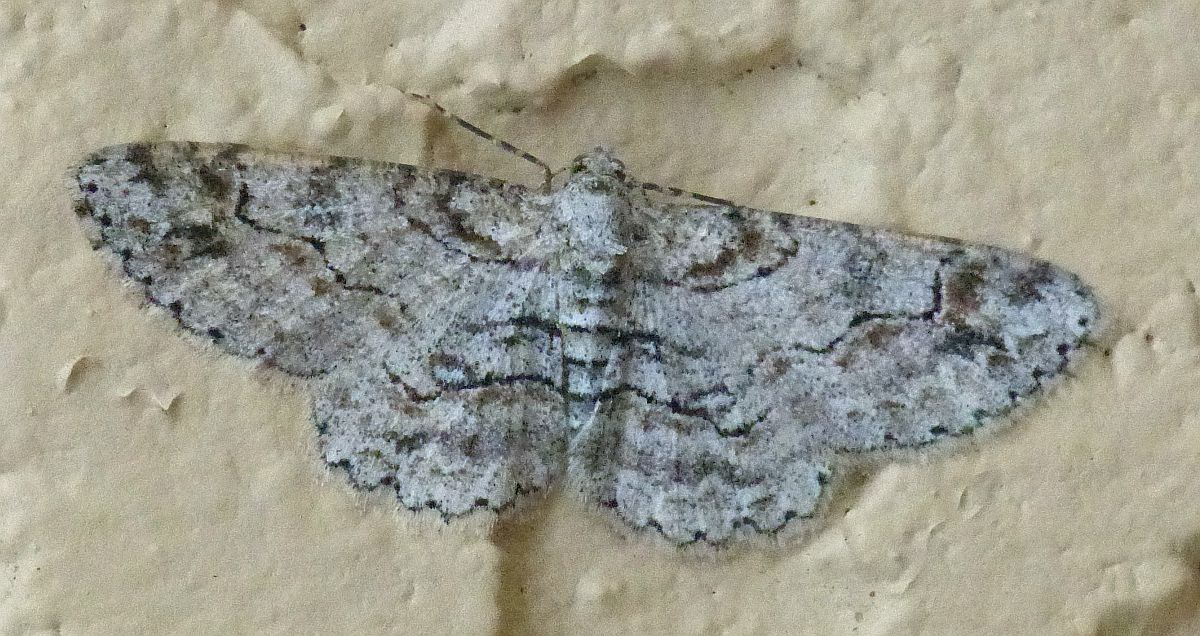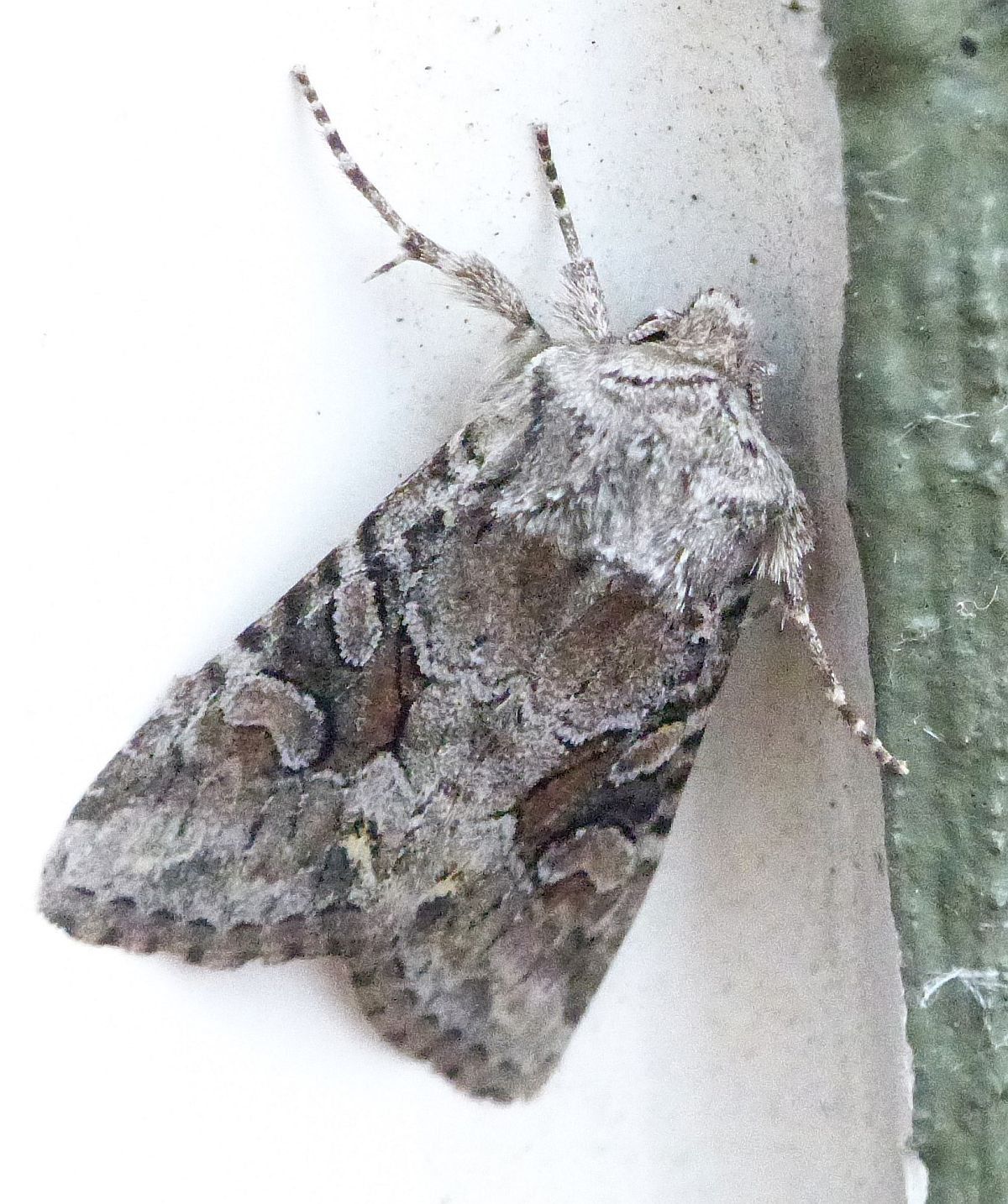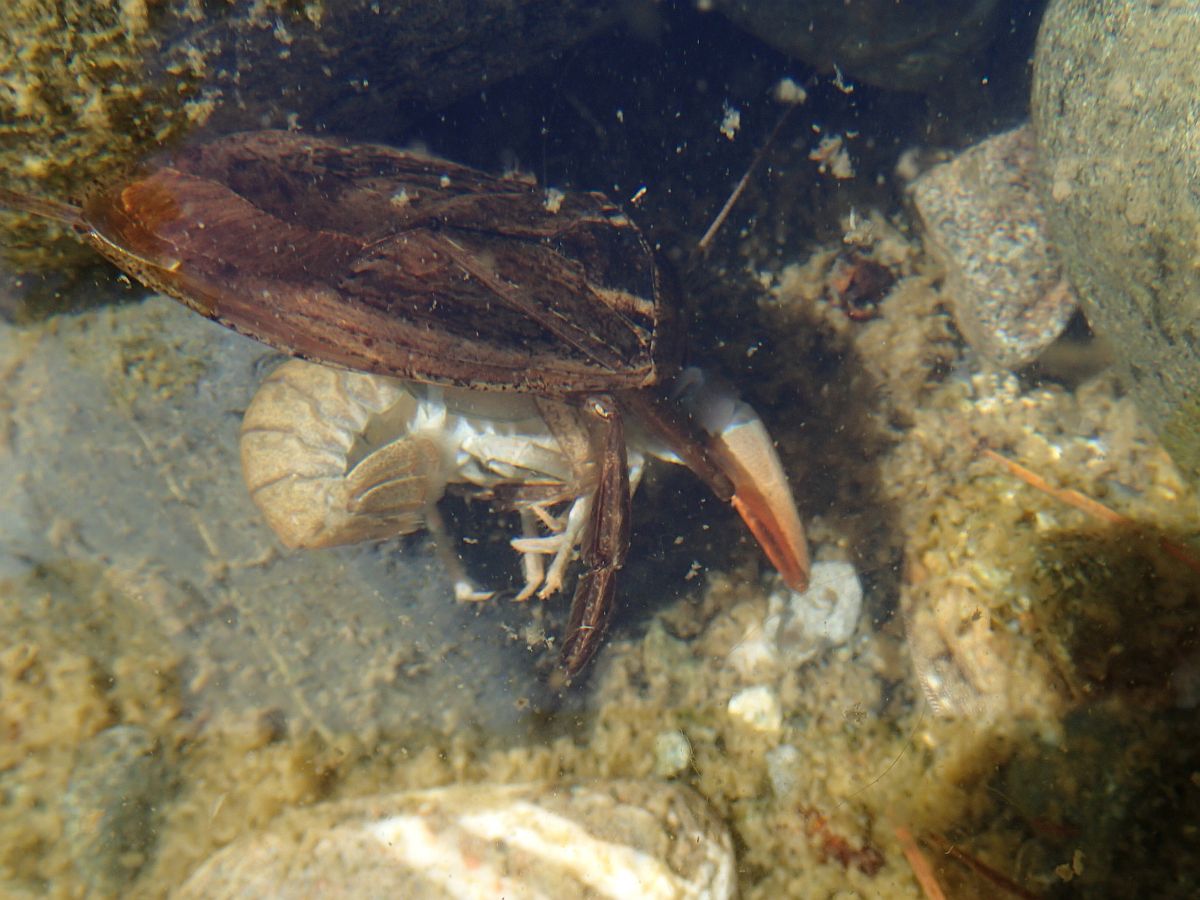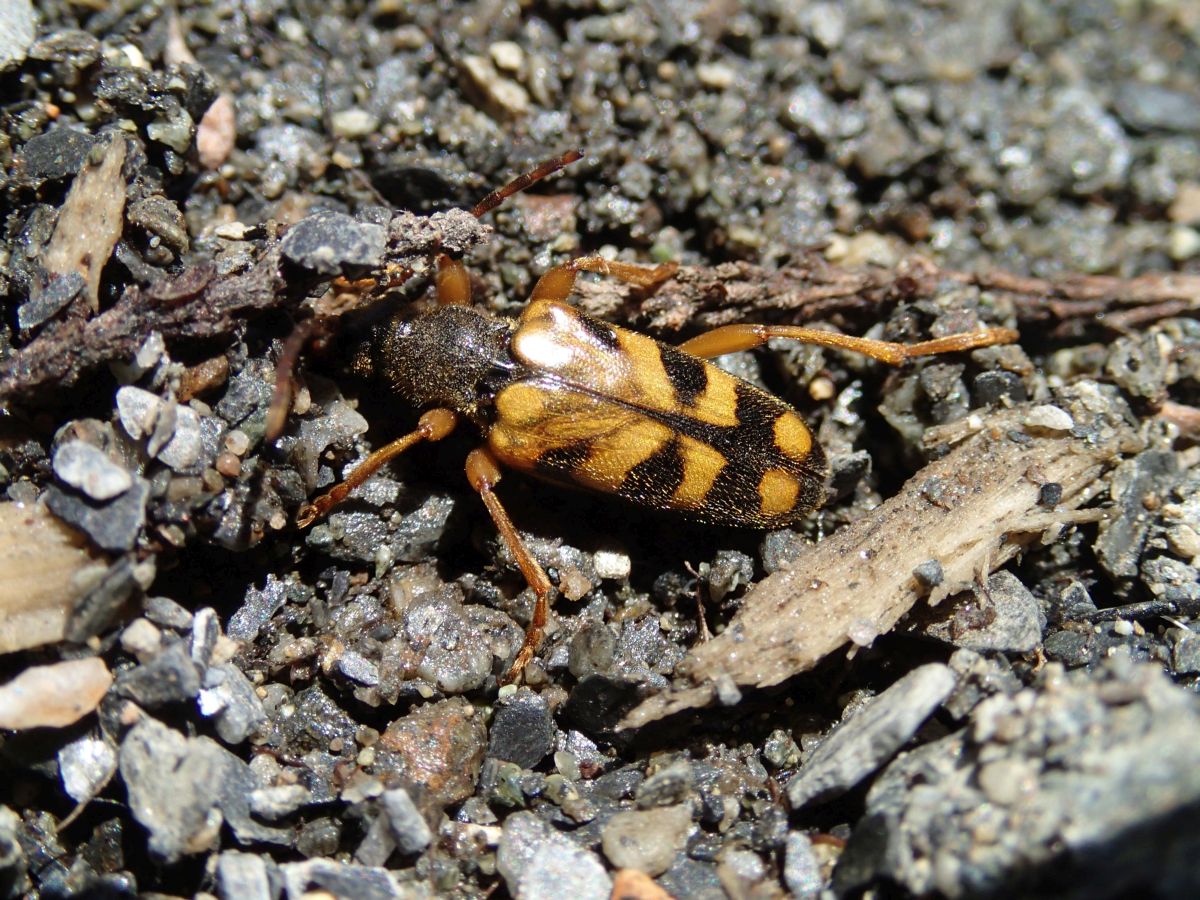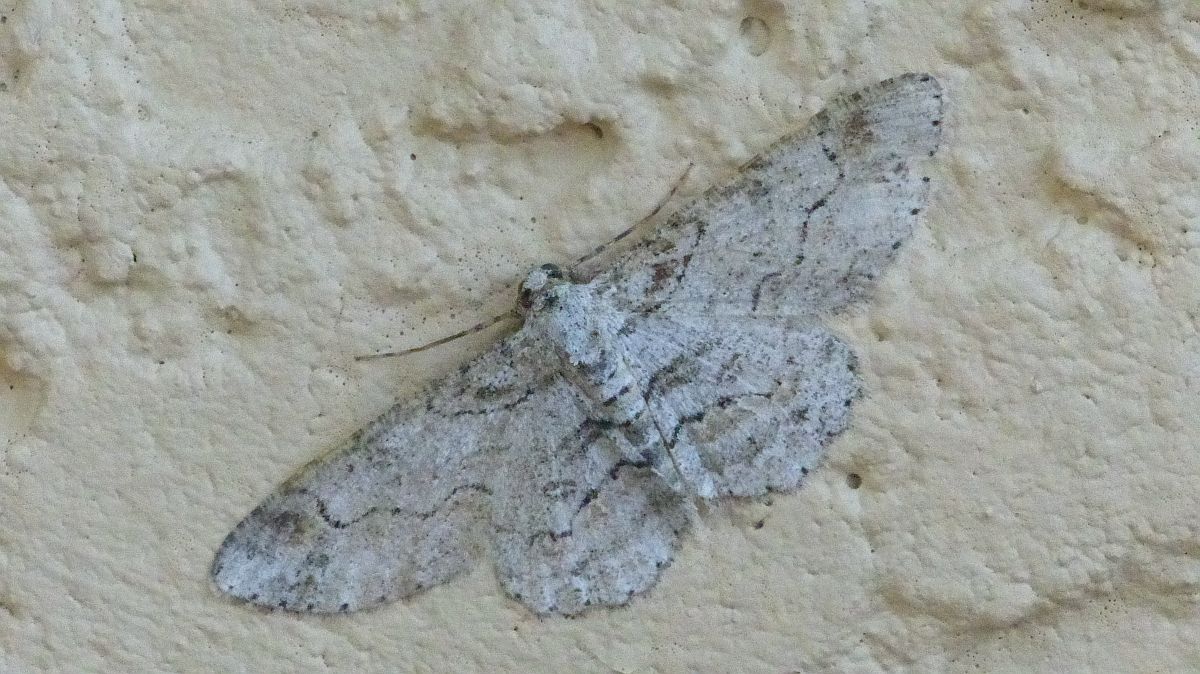July 22
Two more moths from Metchosin, sent by Jochen Möhr.

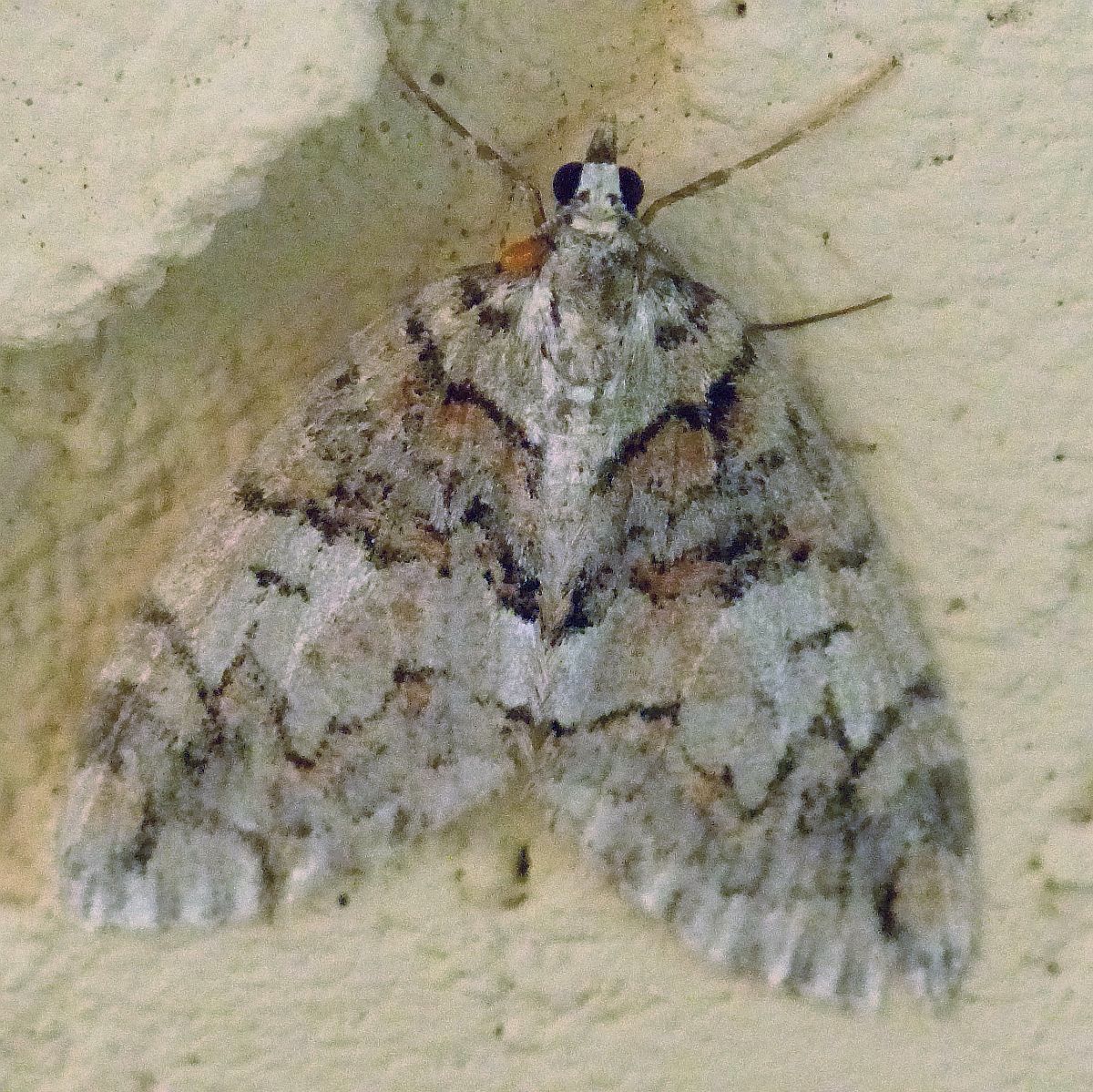
Hydriomena californiata (Lep.: Geometridae) Johen Möhr
Note the mite at the base of the left hand forewing.

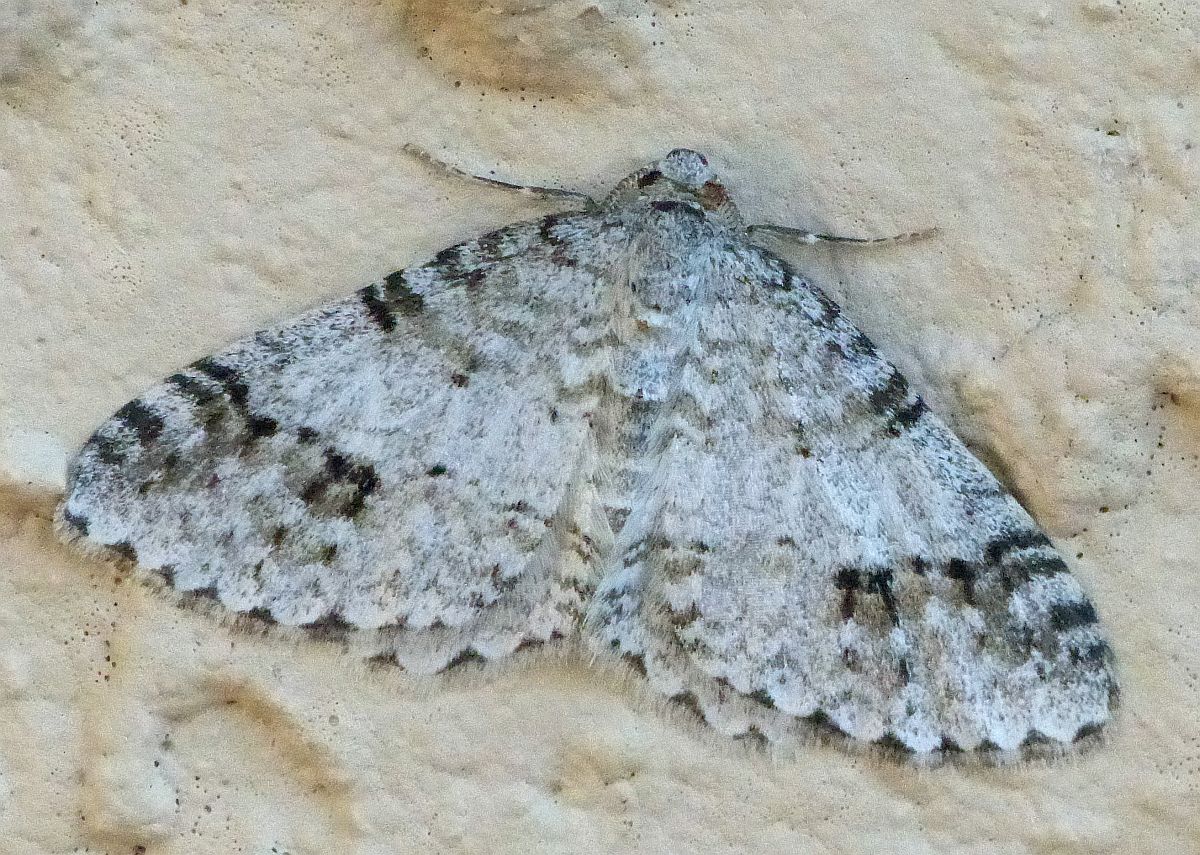
Welsh Wave Venusia cambrica (Lep.: Geometridae) Jochen Möhr
Jeremy Tatum writes: The small moth below, which ecloded (emerged) today, was from the caterpillar that Val George found on Mentha in his Oak Bay garden, illustrated on July 6 and 7. The moth is quite variable – compare the photo that Val took of a moth of this species from his garden on July 2, and probably from the same batch.

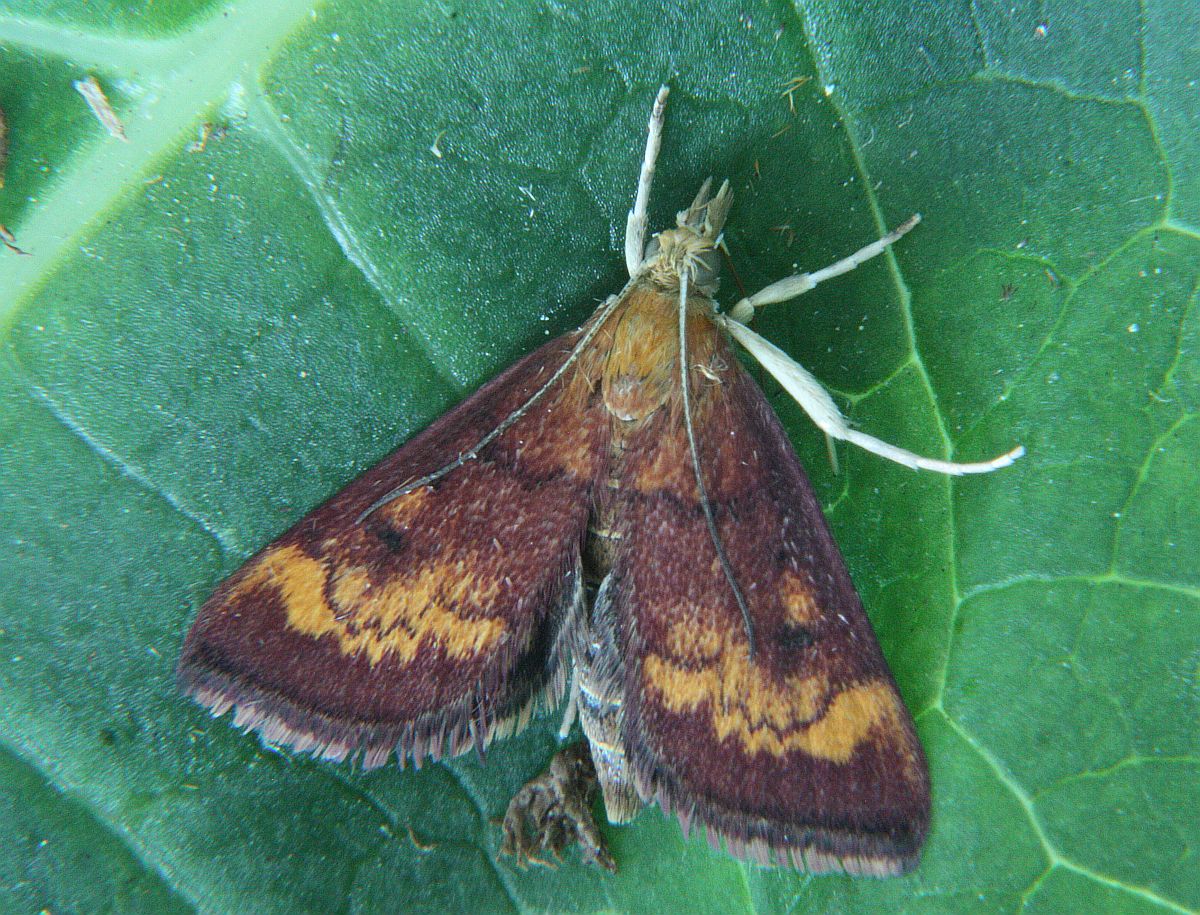
Pyrausta californicalis (Lep.: Crambidae) Jeremy Tatum
Cheryl Hoyle sends a photograph of a moth from View Royal and a grasshopper from Metchosin, July 21.

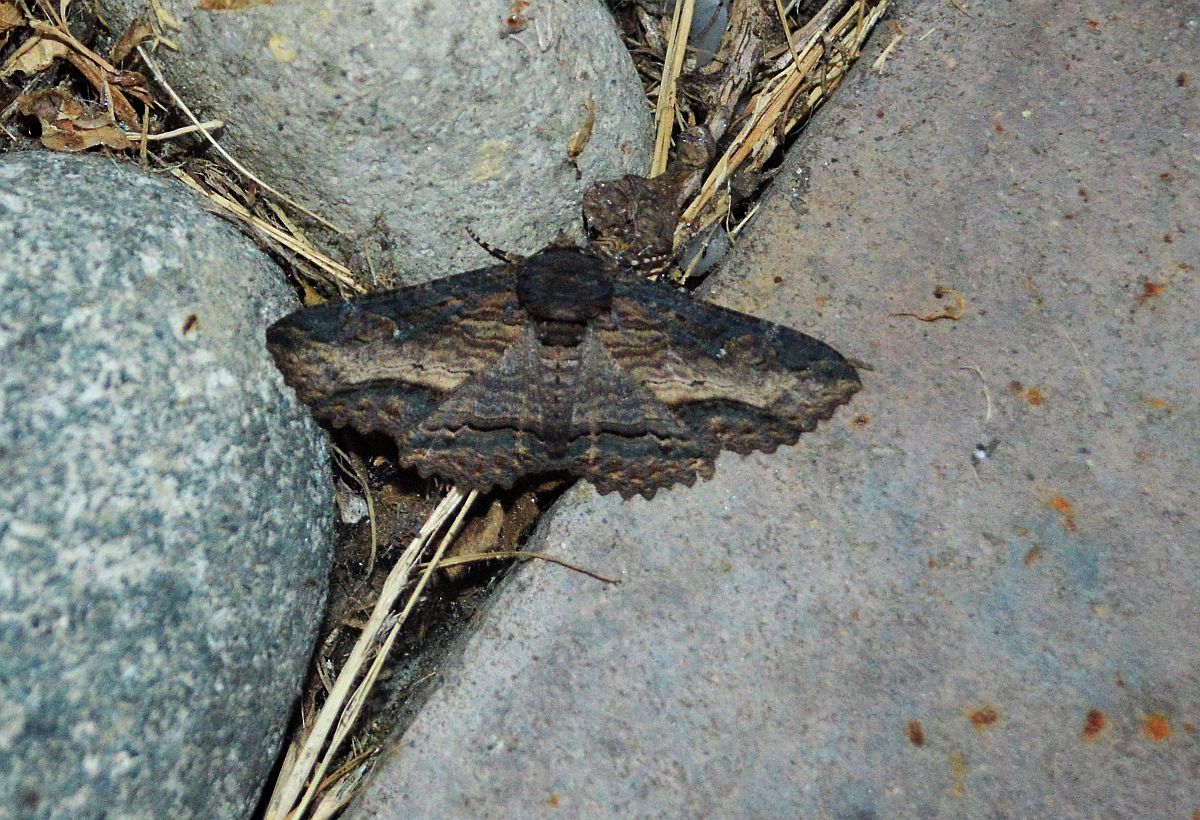
Zale lunata (Lep.: Erebidae – Erebinae) Cheryl Hoyle

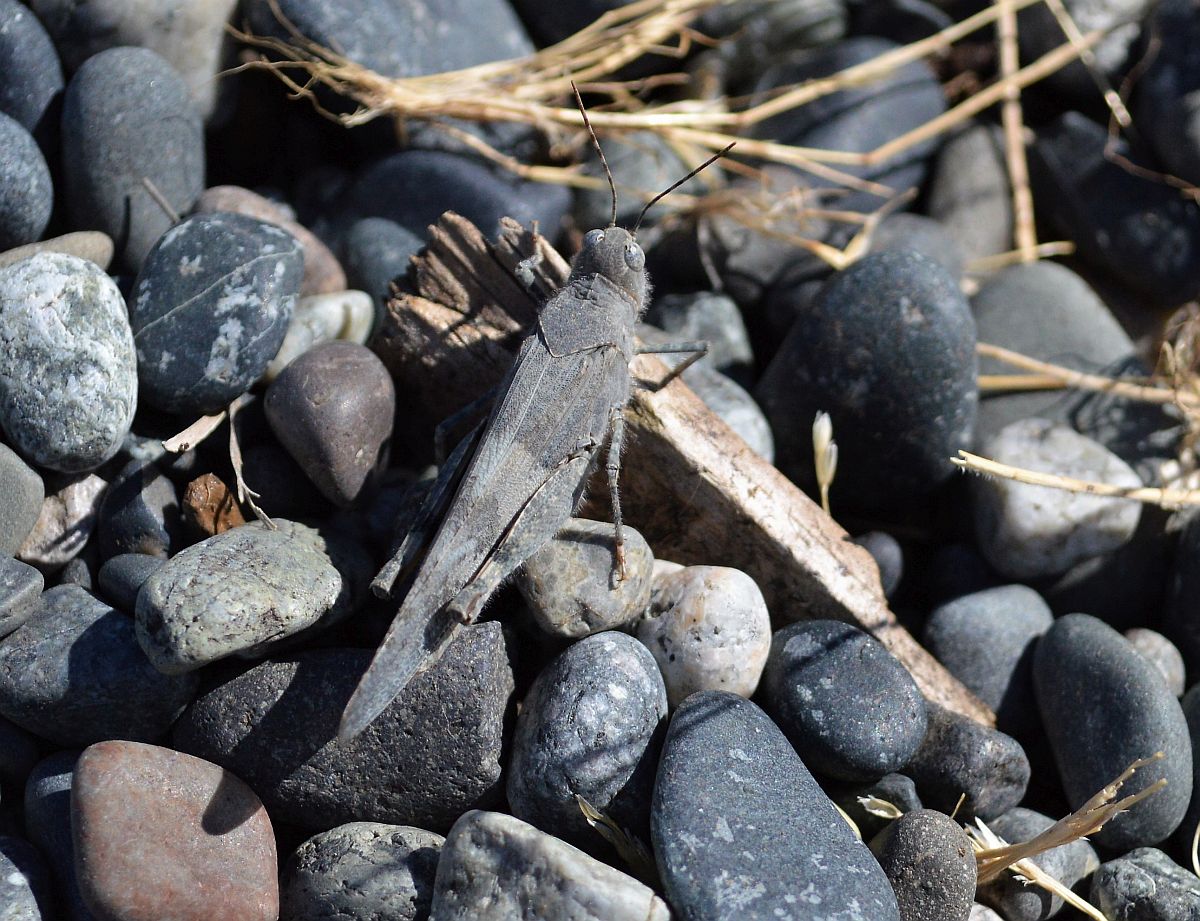
Dissosteira carolina (Orth.: Acrididae) Cheryl Hoyle
Butterflies are a bit scarce just now. Cabbage Whites are ubiquitous. There are still Lorquin’s Admirals and Western Tiger Swallowtails around. Pine Whites and Woodland Skippers are just starting. Please keep reporting Lorquin’s Admirals and Western Tiger Swallowtails, familiar though they may be, so that we can get a handle on the last dates. Here’s a Western Tiger Swallowtail from The Gorge Tillicum area, July 19:

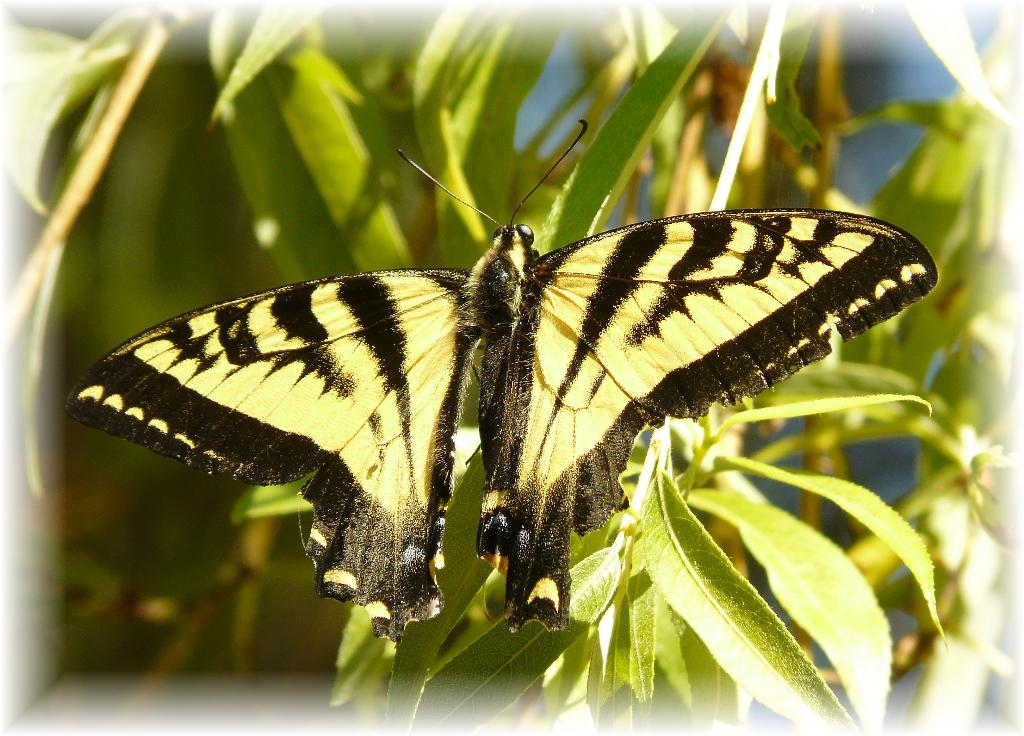
Western Tiger Swallowtail Papilio rutulus (Lep.: Papilionidae) Annie Pang

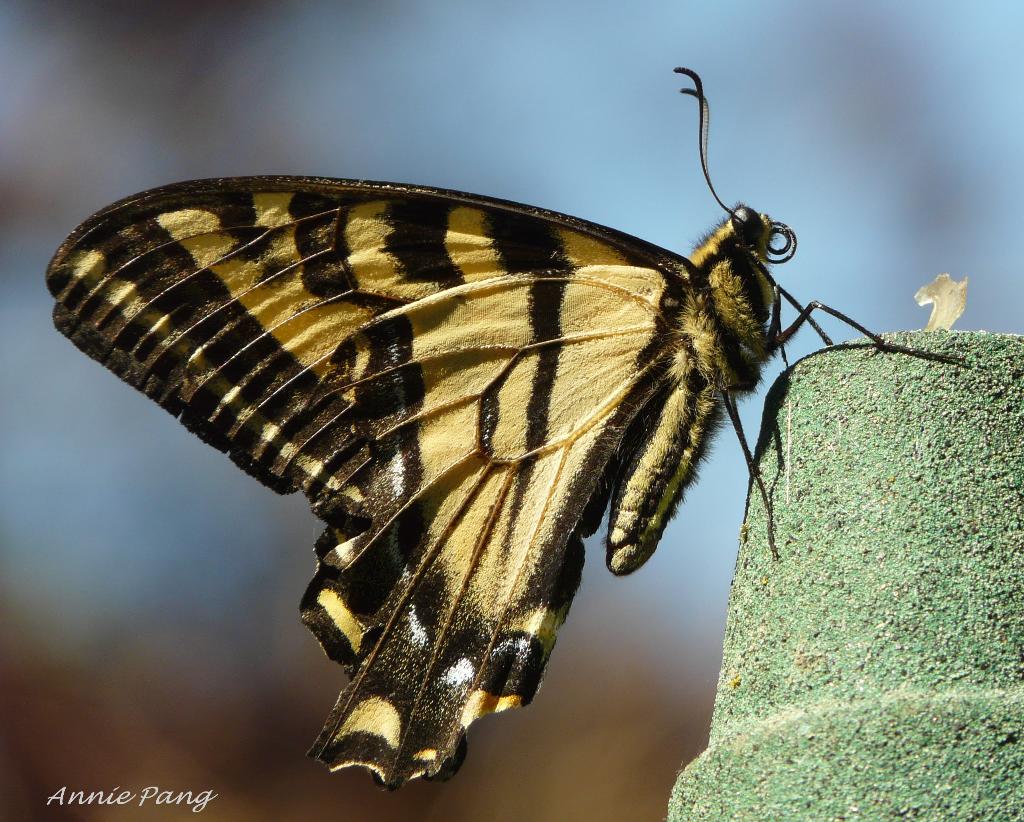
Western Tiger Swallowtail Papilio rutulus (Lep.: Papilionidae) Annie Pang

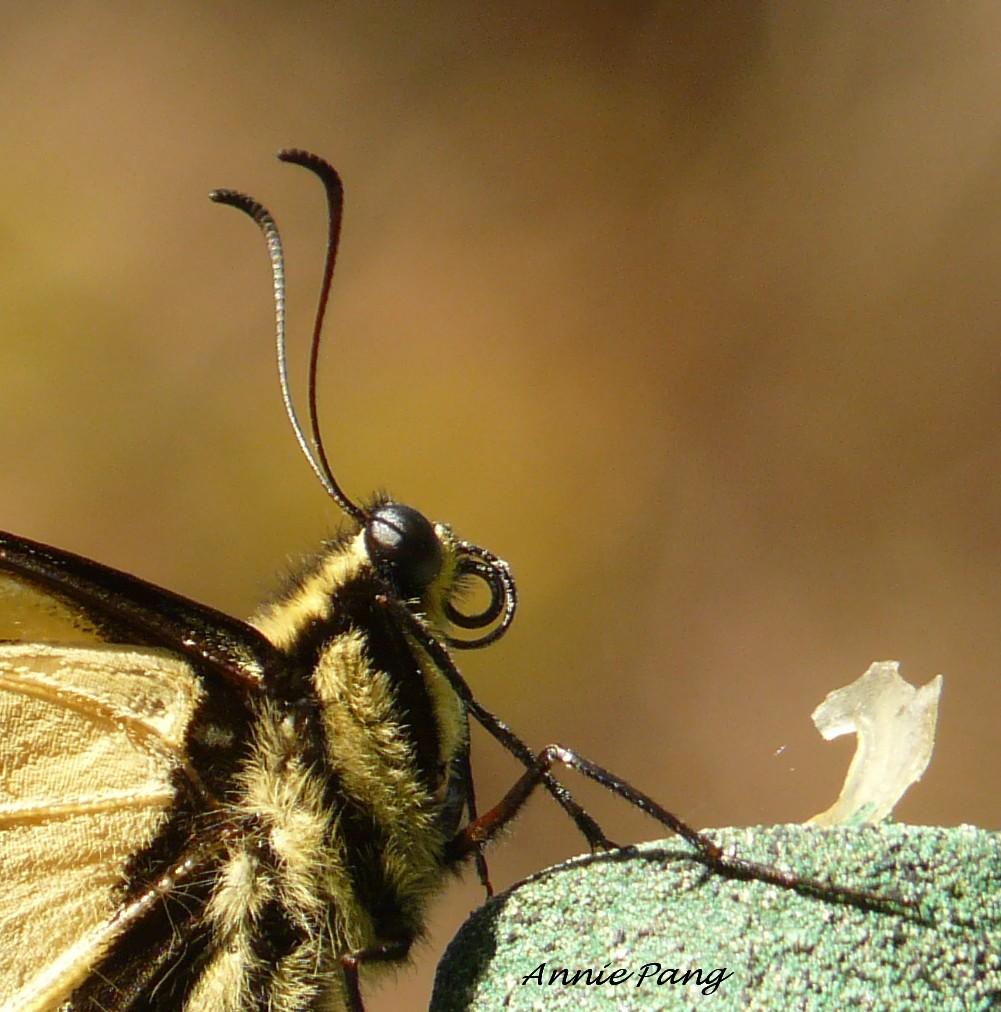
Western Tiger Swallowtail Papilio rutulus (Lep.: Papilionidae) Annie Pang
This just in from Gordon Hart – computer glitch delayed it for a couple of days: On Wednesday July 18, at home, I saw two Pine Whites, a Grey Hairstreak, several Lorquin’s Admirals, a Pale Tiger Swallowtail, several Cabbage Whites, and five Woodland Skippers. Today, July 20, at the Pike Lake Substation ponds, I checked patches of Spreading Dogbane and found 11 Woodland Skippers. There were only one or two Lorquin’s Admirals flying. I saw two or three Sheep Moths flying furiously by, or perhaps the same one. I am attaching photos of a Pine White from home today nectaring on Heliotrope, and one of the Woodland Skippers on Dogbane flowers.

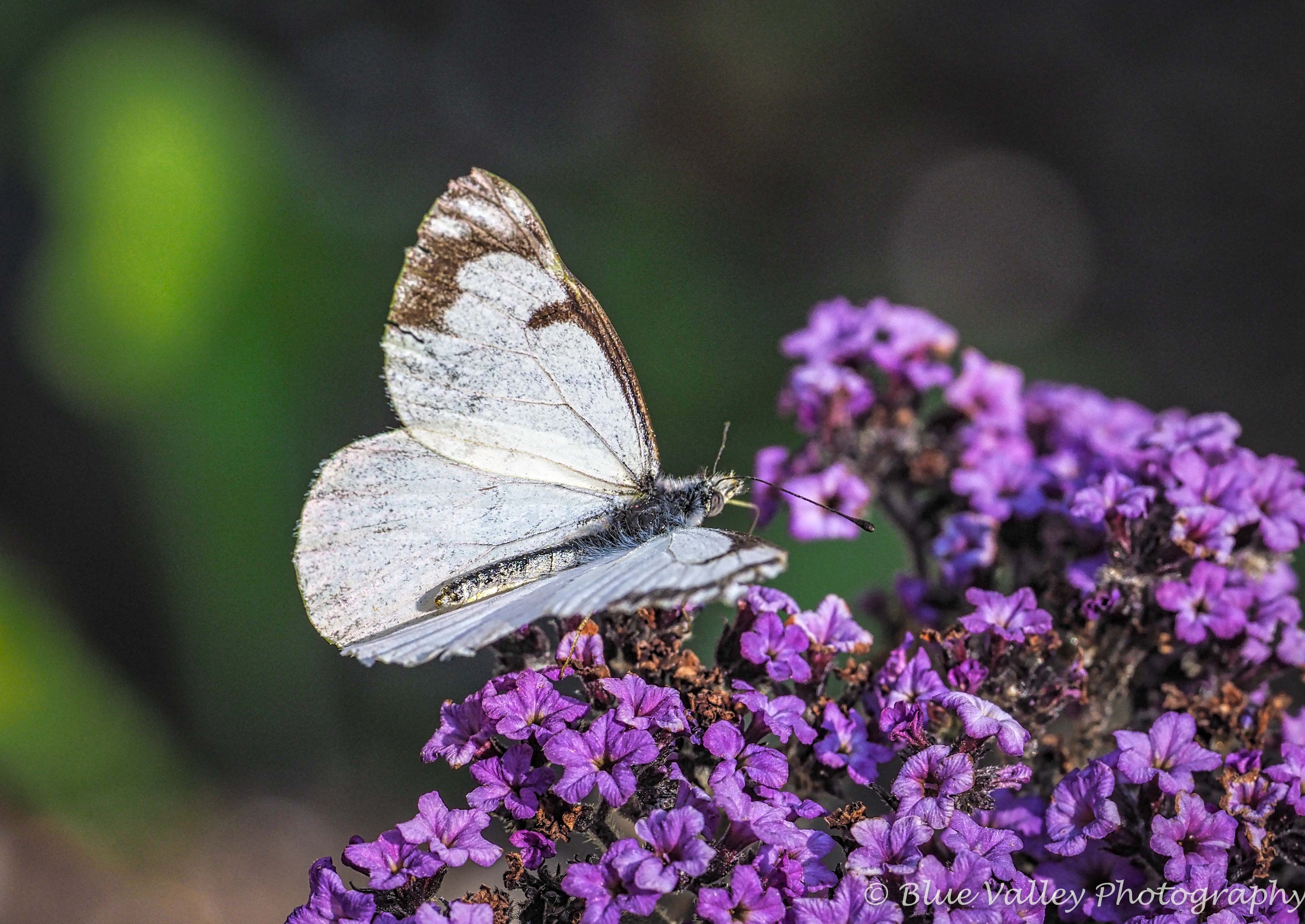
Pine White Neophasia menapia (Lep.: Pieridae) Gordon Hart

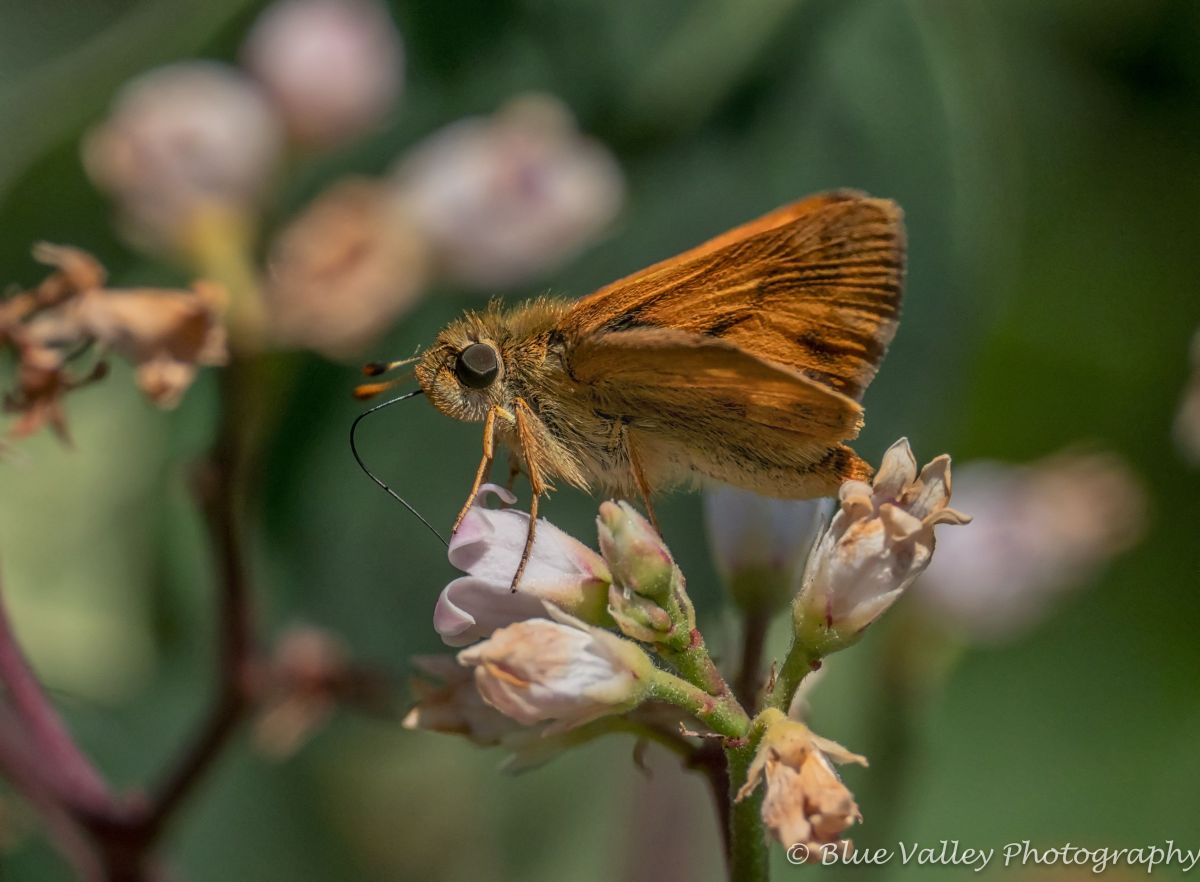
Woodland Skipper Ochlodes sylvanoides (Lep.: Hesperiidae)
And this just in from Jeff Gaskin: Yesterday, July 21, 2018, I saw 35 Pine Whites at Witty’s Lagoon Park also including Tower Point. Plus I saw a further 110 Pine Whites at Royal Roads University.
…and that’s about all I can manage today! Jeremy Tatum

